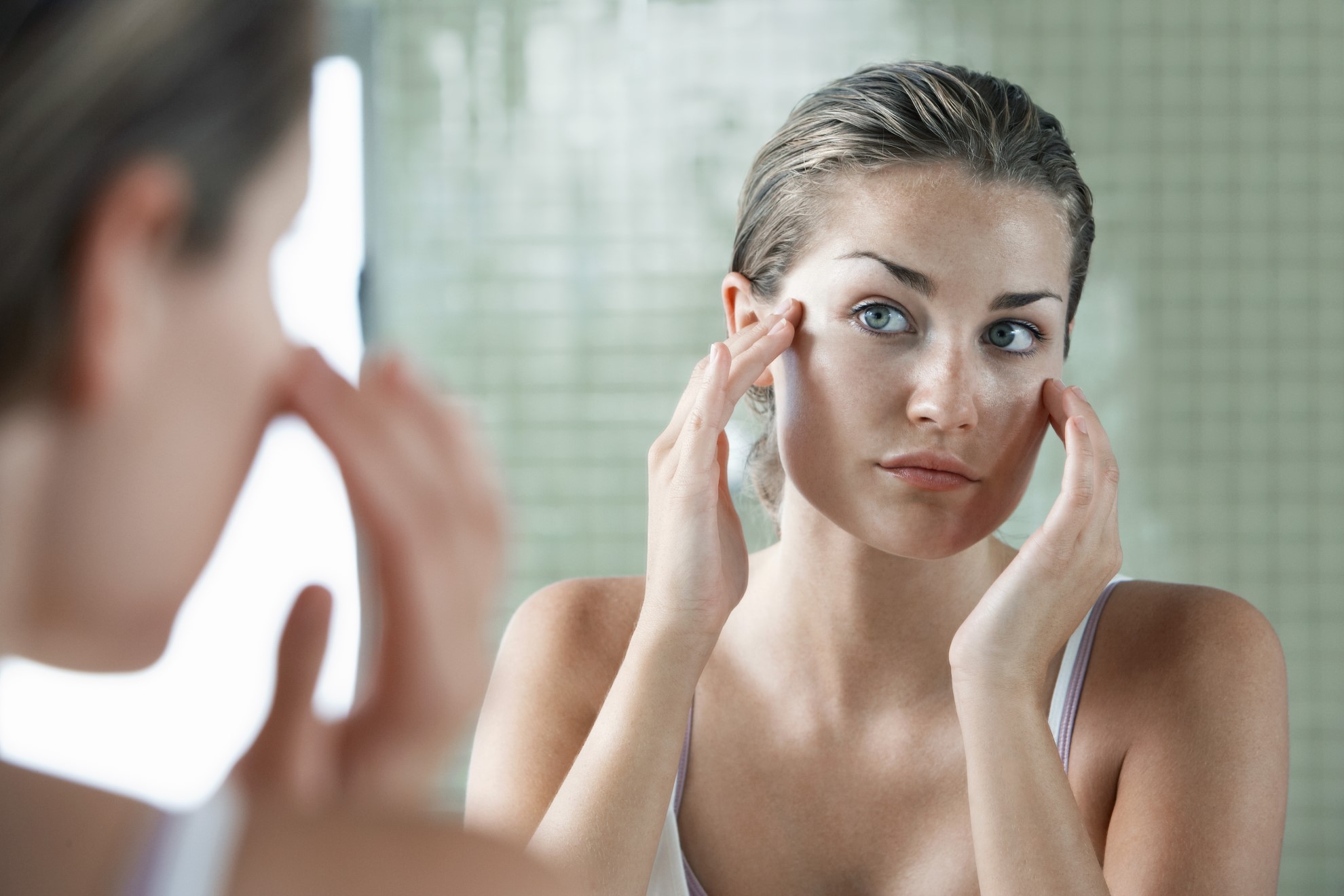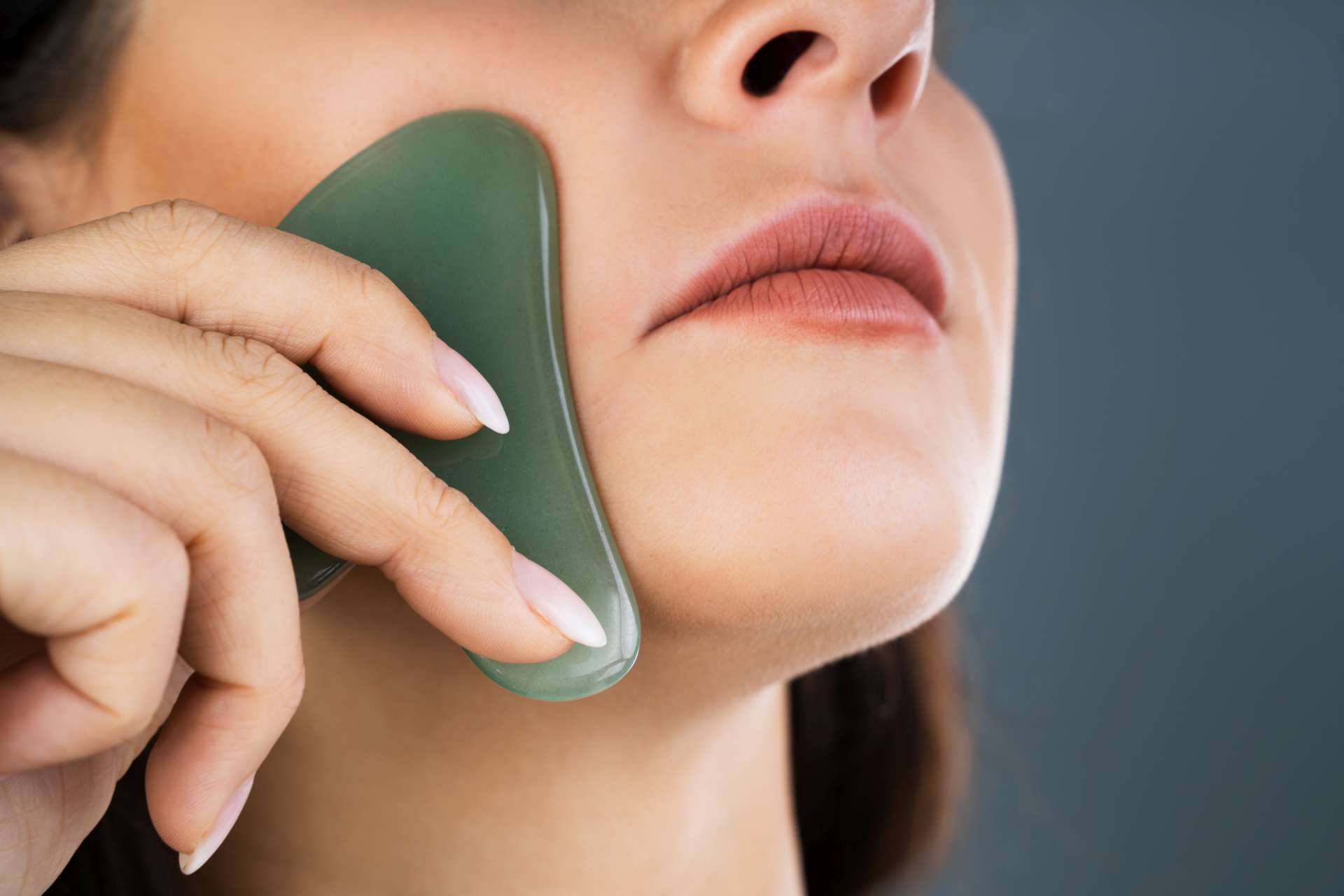Let’s face it we all have experienced the wrath of painful and unappealing zits or breakouts on our faces. These pesky blemishes can not only impact the way one looks but also significantly impacts one’s confidence. But for people who are struggling with prolonged breakouts or blemishes that are not showing any signs of improvement in spite of trying various skin treatments, might be a victim of more than just occasional pimples.
Acne is a skin condition that can be extremely frustrating to deal with, especially when it persists or is severe in terms of nature.
The terms pimples and acne are often used interchangeably as a majority of people are unable to distinguish between the two terms. Even though the two skin concerns might appear to be the same, they are far from being the same.
While most pimples occur and fade away, acne if not treated correctly often seizes to exist on the skin and leaves behind its evidence in the form of nasty scars. So how does one distinguish between acne breakouts and ordinary pimples? Here is everything one should know about acne and pimples to help distinguish between the two for appropriate treatment.
So, what are Pimples exactly?
Regardless of most of knowing what pimples are, it can be quite difficult to pinpoint or describe the definition of this pesky skin concern. Pimples are basically clogged pores that are caused by the accumulation of excess sebum as well as dead skin cells in the hair follicles that are infected by bacteria present on the epidermis.
While blackheads and whiteheads are classified as non-inflammatory pimples that oxidized, an ordinary pimple on the contrary is a papule or a red-colored lesion that often occurs when the sebaceous glands become clogged as well as inflamed due to the accumulation of excess oil, bacteria, and dead skin cells.
Anatomically these red lesions are non-oxidized reddish or bump on the surface of the skin that has a yellowish or whitish top which is right under a thin layer of skin.
What is acne?
Acne is a skin condition that affects the hair follicles and oil glands present in one’s skin. It is a condition where individual experiences prolonged, reoccurring, and persistent pimples. When one suffers from this unceasing skin condition the hair follicles present in their skin get clogged with dead skin cells and sebum that is produced by the sebaceous gland.
Acne can be further classified as Acne Vulgaris which commonly occurs in adolescents during puberty and Acne Rosacea which occurs post the age of adolescence.
What are the different types of Acne?
Clinically the skin condition can be classified in the following categories:
1. Comedones:
Comedones are basic skin lesions that are caused by clogged hair follicles by accumulated sebum and dead skin cells. One can easily prevent these from occurring by purchasing non-comedogenic cosmetics.
2. Blackheads:
Blackheads are comedones that are open on the surface of the skin. These are non-inflammatory clogged pores that are black in color. These comedones turn black in color due to the irregular light coming from the accumulated hair follicle.
3. Whiteheads:
Whiteheads like blackheads are non-inflammatory comedones that are closer to the surface of the skin. These often occur when excess sebum and skin cells obstruct the hair follicle from opening up.
4. Papules:
Papules are inflamed comedones that cause either red or pink lesions on the skin’s surface. Papules are often painful and sensitive to touch, disturbing or poking on these papules can cause the inflammation to worsen or in worse cases scarring.
If one is able to notice a cluster of papules on their skin, it can be an indication of either moderate or severe acne.
5. Pustules:
Like Papules, Pusltues are also a category of inflamed comedones. Pustules often resemble whiteheads in terms of appearance but have a red ring surrounding the lesions.
Pustules are filled with yellowish or whitish pus, that when transferred to other parts of the skin can worsen one’s acne. It is best to avoid disturbing or picking on these painful and nasty blemishes.
6. Nodules:
If one is able to feel a painful lesion on their skin that is firm, it might be a nodule. Nodules often occur in the deeper layer of the skin and can be extremely painful and sensitive to touch.
It is best to consult a dermatologist when dealing with a nodule, as they are prone to leaving nasty scars on the skin if not treated correctly.
7. Cysts:
Cysts like nodules are extremely painful pus-filled lesions that are large in size which appear to be like boils. These occur in the deeper layers of the skin and are prone to leaving deep scars.
It is best to consult a dermatologist when experiencing cysts and nodules as these are an indication of severe acne.
What are the causes of Acne and Pimples?
People who have pimples or acne-prone skin share a lot of common skin characteristics and causes. Here is a list of common causes that contribute to acne and pimple breakouts.
Factors that cause Pimples:
- Excess sebum production
- Genetics
- Puberty
- Hormonal imbalance
- Pollution
- Dirt and debris
- Diet
- Comedogenic Cosmetics
- Ingrown hair
Factors that cause Acne:
- Hormones or hormonal imbalance due to pregnancy, menopause, menstrual cycle, or adolescence
- Excess sebum production
- Pricking or disturbing existing papules and pustules
- Friction caused by abrasive scrubs
- Humidity
- Friction caused by clothing items
- Comedogenic cosmetics
- Medications
What are the appropriate treatments for Acne and Pimples?
While acne is a skin condition that can cause hair follicles and sebaceous glands to clog up, pimples are just one symptom of this extremely annoying as well as seldom painful condition.
Although pimples might be one symptom of Acne, based on the type of acne one is dealing with as well as the severity of the one’s condition. Here is a list of skin care products one should invest in for acne or pimples.
One should invest in gentle chemical exfoliant ingredients when treating Acne-prone skin. It is best to consult a dermatologist before trying the ingredients mentioned below.
- Glycolic acid: assimilates antibacterial properties
- Lipohydroxy Acid: Helps with the appearance of enlarged pores
- Niacinamide: Helps with acne scars and hyperpigmentation
- Salicylic Acid: Helps reduce sebum production

